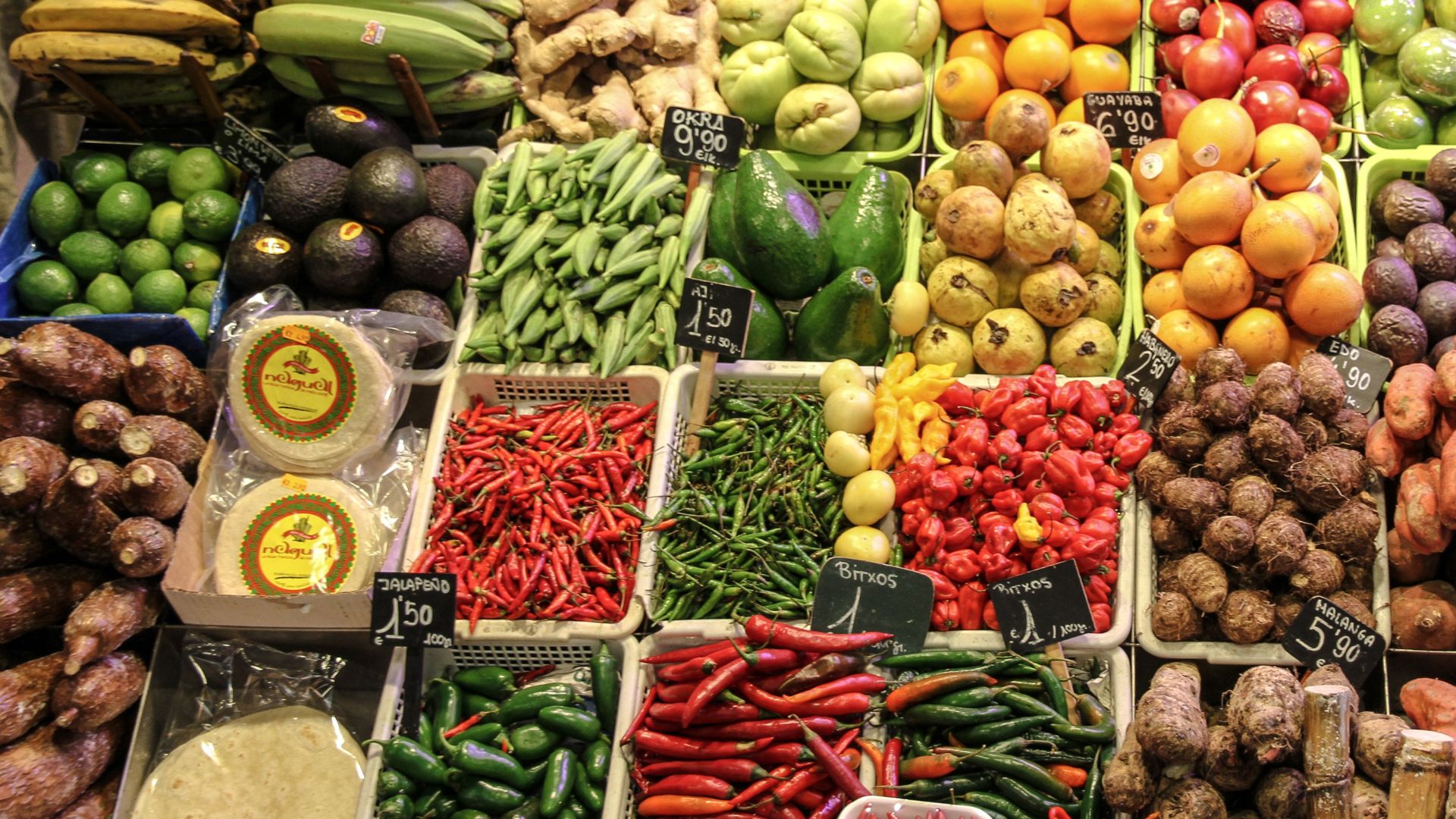The Chinese language has over 84 words for vegetables. These words do more than just name a food item; they give us a peek into China’s rich food culture and regional differences. When we look at these vegetable names, we see how closely food is linked to culture and health in China. It’s interesting to think about how language can influence our views on food and its role in our everyday lives. What can these names tell us about Chinese cultural identity and their food choices?
Comprehensive List of Vegetables in Chinese

Drawing on what we know about Chinese vegetables, let’s dive into a list that’s central to both cooking and culture. 白菜 (bái cài) is Chinese cabbage. You’ll hear 茄子 (qié zi) when someone mentions Chinese eggplant. Don’t forget about root vegetables! 白萝卜 (bái luó bo) means white radish, and 莲藕 (lián ǒu) is lotus root. Also, 绿豆芽 (lǜ dòu yá) refers to mung bean sprouts, a key ingredient in many recipes. Knowing these names can really deepen your appreciation of Chinese food.
| Chinese (汉字) | Pinyin (拼音) | English Translation |
| 西兰花 | xī lán huā | Broccoli |
| 胡萝卜 | hú luó bo | Carrot |
| 西红柿 | xī hóng shì | Tomato |
| 茄子 | qié zi | Eggplant |
| 黄瓜 | huáng guā | Cucumber |
| 青椒 | qīng jiāo | Green Pepper |
| 菠菜 | bō cài | Spinach |
| 土豆 | tǔ dòu | Potato |
| 洋葱 | yáng cōng | Onion |
| 生菜 | shēng cài | Lettuce |
| 白菜 | bái cài | Chinese Cabbage |
| 芹菜 | qín cài | Celery |
| 红薯 | hóng shǔ | Sweet Potato |
| 冬瓜 | dōng guā | Winter Melon |
| 丝瓜 | sī guā | Sponge Gourd |
| 豆角 | dòu jiǎo | Green Bean |
| 南瓜 | nán guā | Pumpkin |
| 花椰菜 | huā yē cài | Cauliflower |
| 苦瓜 | kǔ guā | Bitter Melon |
| 莲藕 | lián ǒu | Lotus Root |
| 竹笋 | zhú sǔn | Bamboo Shoot |
| 茭白 | jiāo bái | Wild Rice Stem |
| 大蒜 | dà suàn | Garlic |
| 姜 | jiāng | Ginger |
| 紫薯 | zǐ shǔ | Purple Sweet Potato |
| 萝卜 | luó bo | Radish |
| 香菜 | xiāng cài | Coriander |
| 香菇 | xiāng gū | Shiitake Mushroom |
| 白萝卜 | bái luó bo | White Radish |
| 芦笋 | lú sǔn | Asparagus |
| 韭菜 | jiǔ cài | Leek |
| 蘑菇 | mó gū | Mushroom |
| 玉米 | yù mǐ | Corn |
| 茼蒿 | tóng hāo | Garland Chrysanthemum |
| 芋头 | yù tóu | Taro |
| 豆芽 | dòu yá | Bean Sprout |
| 荠菜 | jì cài | Shepherd’s Purse |
| 马齿苋 | mǎ chǐ xiàn | Purslane |
| 朝天椒 | cháo tiān jiāo | Chili Pepper |
| 莴苣 | wō jù | Asparagus Lettuce |
| 蕹菜 | wènɡ cài | Water Spinach |
| 空心菜 | kōng xīn cài | Water Morning Glory |
| 韭黄 | jiǔ huáng | Yellow Chives |
| 甜椒 | tián jiāo | Sweet Pepper |
| 菜花 | cài huā | Cauliflower |
| 茴香 | huí xiāng | Fennel |
| 茼蒿 | tóng hāo | Garland Greens |
| 西葫芦 | xī hú lu | Zucchini |
| 百合 | bǎi hé | Lily Bulb |
| 枸杞叶 | gǒu qǐ yè | Goji Leaves |
| 莴笋叶 | wō sǔn yè | Lettuce Leaves |
| 葫芦 | hú lu | Bottle Gourd |
| 洋姜 | yáng jiāng | Jerusalem Artichoke |
| 菜豆 | cài dòu | Snap Beans |
| 苋菜 | xiàn cài | Amaranth Greens |
| 木耳 | mù ěr | Wood Ear Fungus |
| 红椒 | hóng jiāo | Red Bell Pepper |
| 鸡毛菜 | jī máo cài | Baby Bok Choy |
| 白花椰 | bái huā yē | White Cauliflower |
| 金针菇 | jīn zhēn gū | Enoki Mushroom |
| 黄花菜 | huáng huā cài | Daylily |
| 雪里蕻 | xuě lǐ hóng | Snow Mustard |
| 茴香 | huí xiāng | Fennel |
| 洋白菜 | yáng bái cài | Western Cabbage |
| 冬笋 | dōng sǔn | Winter Bamboo Shoot |
| 莲叶 | lián yè | Lotus Leaf |
| 马铃薯 | mǎ líng shǔ | Potato |
| 芦荟 | lú huì | Aloe Vera |
| 豇豆 | jiāng dòu | Yardlong Bean |
| 香芹 | xiāng qín | Parsley |
| 红菜苔 | hóng cài tái | Red Flowering Cabbage |
| 莲子 | lián zǐ | Lotus Seed |
| 菜苔 | cài tái | Flowering Cabbage |
| 秋葵 | qiū kuí | Okra |
| 蕨菜 | jué cài | Bracken Fern |
| 绿豆芽 | lǜ dòu yá | Green Bean Sprout |
| 苦菊 | kǔ jú | Endive |
| 红凤菜 | hóng fèng cài | Red Leaf Amaranth |
| 甜菜 | tián cài | Beetroot |
| 香椿 | xiāng chūn | Chinese Toon |
| 豌豆苗 | wān dòu miáo | Pea Shoots |
| 香草 | xiāng cǎo | Basil |
| 树菜 | shù cài | Tree Vegetable |
| 牛蒡 | niú bàng | Burdock |
| 绿花椰菜 | lǜ huā yē cài | Green Cauliflower |
| 四季豆 | sì jì dòu | French Beans |
| 蒲公英 | pú gōng yīng | Dandelion Greens |
Also Read: How To Count In Chinese Numbers: Beginner’s Guide To 1-100
Conclusion
In short, learning about Chinese vegetables is more than just about food variety. It’s a chance to dive deep into the language and traditions of Chinese cooking. By getting to know the many words for these vegetables, you don’t just get better at speaking Chinese. You also learn about the health benefits and cultural importance of each vegetable. This knowledge makes your meals more interesting and helps you appreciate Chinese food culture even more. Keep visiting the Translation Blog for more translation articles like this.

